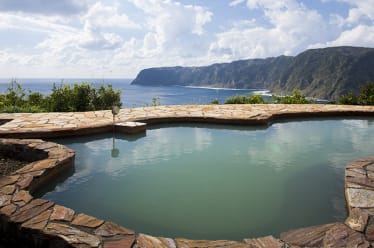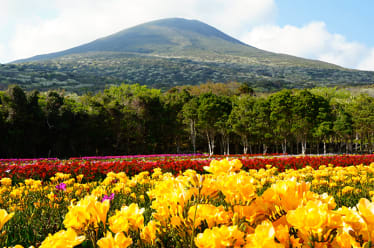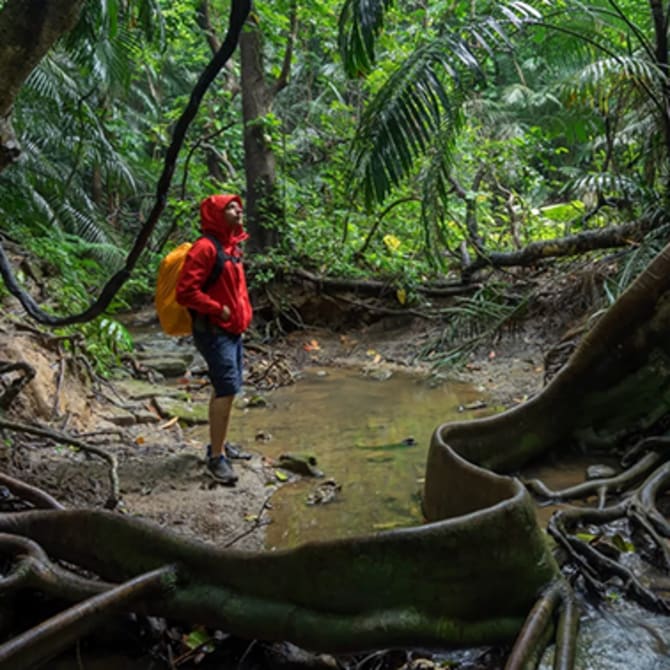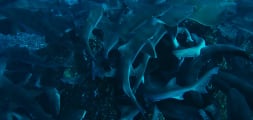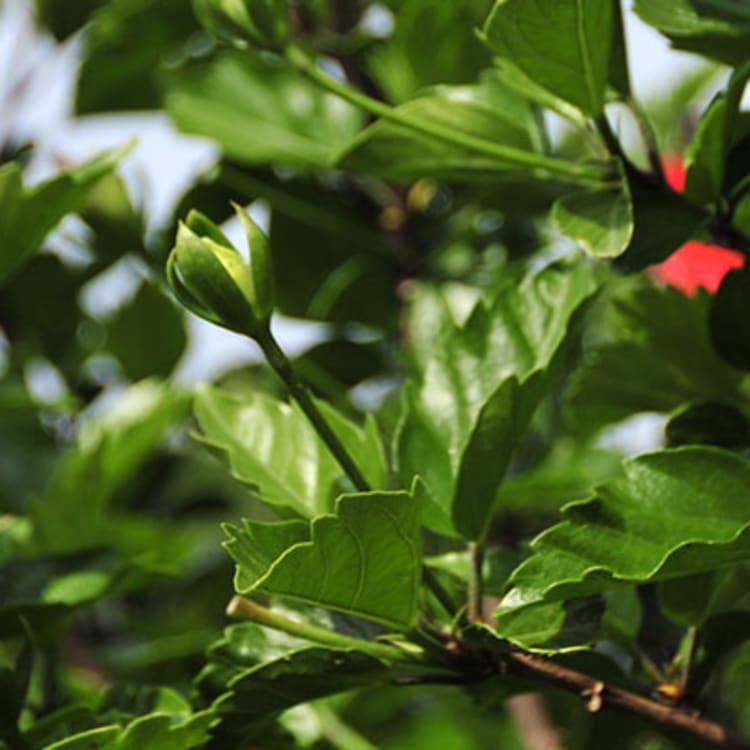
Tokyo Diving Guide
TOKYO ISLANDS
Izu Islands and Ogasawara Islands
Off the coast of Tokyo are more than 200 islands, each unique and beautiful. With the nearest being only about 2 hours away from Tokyo, these islands are great for vacations. The 11 of these islands that are inhabited, including eight of the Izu Islands and two of the Ogasawara Islands are collectively referred to as the Tokyo Islands.
The Tokyo Islands are very popular among divers for their diverse marine life. The Kuroshio Current, one of the biggest and strongest ocean currents in the world, flowing from north of the Philippines, has a huge influence on the ocean condition around Izu Islands. It brings warm, clear water and marine life from the south, creating a tropical underwater environment.
The Ogasawara Islands, 1,000 kilometers south of Tokyo, are very different from the other Tokyo Islands. The subtropical ocean surrounding them is full of southern marine life, including popular creatures such as pelagic fish, dolphins, and whales.
What you can see
You can swim with dolphins at Mikura Island.



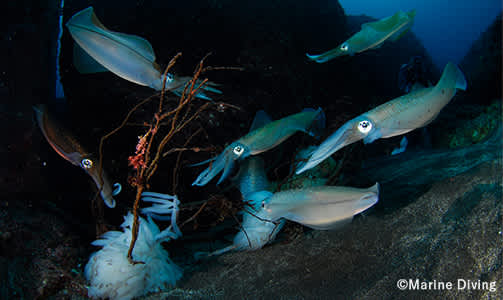
Season Calendar for Divers
Izu Oshima
The nearest of the Tokyo Islands and a popular weekend destination for divers, Izu Oshima is only about 2 hours away by high-speed boat. It is near Izu Peninsula, but its proximity to the Kuroshio Current gives the area a higher average water temperature as well as good visibility. Being a volcanic island, the unique underwater rock formations create arches and crevasses that are fun to explore. Beautiful soft corals can be seen all year long, and tropical fish carried by the Kuroshio Current are around from autumn through winter.

Toshima
Toshima is a small island situated between Izu Oshima and Niijima. The shallow waters of its beaches stay shallow for a longer distance than the other island’s. The bommies around the island is creating a perfect home to the fish and other marine life. There are high chances of encountering sea turtles. You can also enjoy swimming with dolphins living around this island.

Shikine Island
There are so many dive sites around this island that you could say the whole ocean around it is a one large dive site. Its complex underwater rock formations are home to many kinds of marine life. Calm shore dive sites are great for beginner divers, but if you want to see the pelagic fish, we recommend boat dives.

Kozu Island
Situated almost in the center of the Izu Islands, Kozu Island is famous for its beautiful landscape. Small islands and underwater bommies around the island are creating excellent boat dive sites. White sand, coral reefs, and high visibility makes you feel like you are diving in a tropical island. From summer to autumn, when the water temperature rises, you may encounter huge school of yellow-stripe butterfish and pelagic fish such as greater amberjack and rainbow runner.

Miyake Island
Since the island is located between the temperate ocean and the tropical, it is rich in marine life from both regions. Like the other islands, Kuroshio Curent has huge effect, so there are many kinds of tropical fish carried from the south such as many kinds of butterflyfish and macro creatures like harlequin shrimps. You can also see pelagic fish such as greater amberjack attacking school of small fish! The island is also very famous for dolphins. Many dolphins live around Mikura Island, a small island accessible from Miyake Island.

Hachijo Island
This volcanic island is popular for dynamic underwater rock formations, healthy coral reefs, and amazing number of fish. Since the tropical Kuroshio Current hits Hachijo directly, the transparency is over 30 m, and the water temperature rises up to about 30℃. The deep blue ocean thanks to this transparency is often called “Hachijo Blue”. When the Current doesn’t hit, the ocean stays temperate. There are more than 30 dive sites, each with unique characteristics. “Nazumado” is a perfect shore dive site for well-experienced divers who want to see big fish or pelagic fish. “Sokodo” is another shore dive site great for beginner divers with many, many green sea turtles and underwater arch fun to explore.

Ogasawara/Chichijima
It takes 24 hours by ship to get to Chichijima, but it is definitely worth visiting. Dive sites on the sides of the island is famous for the high possibility of encountering big fish (“Dobuiso” of the east and “Takaiwa” of the west). There are also dive sites perfect for fish watching and fun wreck dive sites. Keta Islands, accessible only from Chichijima, also has amazing dive sites such as “Maguro Ana” where you may see school of hundreds of dogtooth tuna. Keta Islands are 2 hours away by dive boat, and only accessed during summer when the ocean condition is good.

Ogasawara/Hahajima
Hahajima is 2 hours away from Chichijima by ship. It is an island little more wilder than Chichijima with fewer people, but the ocean is pretty much the same. School of yellow and blueback fusilier and dark-banded fusilier are seen at many dive sites including “Yonhon Iwa” where school of dogtooth tuna are observed. Macro creatures such as pigmy sea horse are also seen. Wreck dives and wall dives available.

★You can enjoy whale watching at both Chichijima and Hahajima during winter to spring.
How to get there
It may be hard to believe, but you can dive in Tokyo! The Izu Islands are much further south of the main island of Honshu, but they are still a part of Tokyo, which means you can board a ferry right in the heart of the Japanese capital, sleep overnight, and wake up in some of the best diving destinations in Japan. The ferry to the closest island of Ōshima takes about 7 hours, and it takes 9 hours to go to Hachijō-jima.

























































